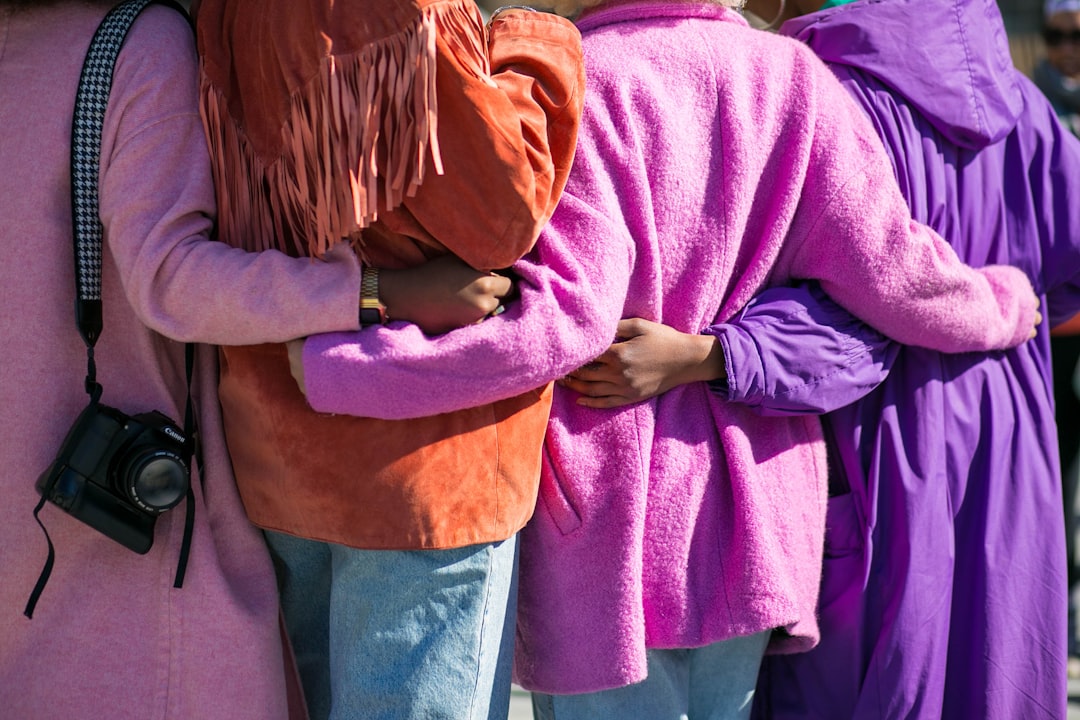I know, when I do “opposite” content I wind up bringing up Seinfeld references. I promise, no George Costanza today. I really do have to learn how to write about this without going back to silly 90s sitcom humor.
Core principle number three I want to pass along as we wrap up The Anxious Morning is that when in doubt, doing the opposite can be a really useful guideline.
Sometimes this hits people like some kind of genius lightning bolt. Other times I get funny looks and head scratches. If you’re scratching your head and looking at me funny now, let me explain.
Most people will ask, “The opposite of what?”
The opposite of what your fear demands that you do. The best way for me to illustrate this is with a few examples.
When your fear wants you to stay home, go out.
When your fear wants to be spoken out loud again to be soothed and assured, stay silent.
When your fear wants you to double and triple check that the scary thought you had isn’t true, don’t. Let it be possibly true.
When your fear wants you to hold on tight, let go.
When your fear insists that you should not do a thing, do that thing.
When your fear wants you to check one more time “just in case”, throw caution to the wind and don’t check.

This are simplified examples designed to illustrate the idea of doing the opposite. Therapy and counseling research literature is full of references to “fear-opposite actions” as part of dealing with anxiety disorders. I have a 2021 German study in front of me right now that demonstrates how instruction regarding fear-opposite action helps produce desired outcomes when avoidance is removed. Doing the opposite is a core part of recovery strategy. Knowing what opposite means and why it works helps, so here we are, talking about it this morning.
Why do we do the opposite? I bet you already know the answer. We do the opposite of what fear tells us to do so that we can learn through experience that we can handle fear, anxiety, discomfort, and even panic without running from them or trying to save ourselves from them. It’s not enough for me to say “just do the opposite” without telling you why this is a good idea. Keep this reasoning in mind when you’re struggling to do those difficult things and would rather pick the more comfortable path in any given situation. Then glue it to the other two core principles I covered this week. Go do the opposite because you are safe even when you think you’re not, and because doing the opposite allows things to be naturally temporary and transient in nature. See how this all starts to work together?
To be sure, each individual instance of doing the opposite will have its own nuance and subtlety. There are degrees to consider. If you fear tells you to stay in the house today, the opposite does not mean flying halfway around the world. It can simply mean taking a short walk down your street. If your fear says to stop Googling symptoms, that doesn’t mean never see a doctor ever again for any reason. We have to take general principles and adapt to them in each situation, so keep this in mind.
But that being said, the general principle of opposite action can be really useful when you’re not sure what to do next. This is especially useful for our GAD friends who often want to know what their exposures are supposed to be. Think about what you’re generally doing to try to fix your anxiety, then do the opposite. If you’re in the habit of checking for disease, staying home, performing mental or physical rituals, or thinking excessively to know, solve, understand, plan and control (oh, hi GAD) … don’t do those things. That’s your opposite action in general.
Will doing the opposite make you feel worse initially? Well, it will make you feel MORE. We might debate the “worse” part. But most definitely you will feel more, which is difficult to accept. We don’t want to feel more. We most certainly do not want to feel worse. But as always, there are lessons in the feeling, even when it’s more … or worse.
Note that the title of today’s email/podcast includes the phrase “for now”. I did that for a reason. For now, in recovery, we sometimes have to default to the opposite. When unsure, the opposite provides us with guidance. We’re often unsure and confused in the beginning. That’s OK. Over time we become more sure. Things become more clear. We don’t have to live the rest of our lives automatically doing the opposite all the time. This just provides us with a framework we can use when we’re unsure in recovery and as usual, context matters and things will vary depending on the context and practical considerations. You can’t always do the opposite. I get that. But when you can, it’s not a bad idea.
At this point you may be thinking, “OK, but I just can’t”.
Tomorrow we’ll end the great morning newsletter/podcast experiment of 2022 by addressing that issue with the fourth of our core principles. If anyone wants to make cupcakes or something to celebrate the last edition of The Anxious Morning tomorrow, I’m partial to rainbow sprinkles. Just sayin.










Share this post